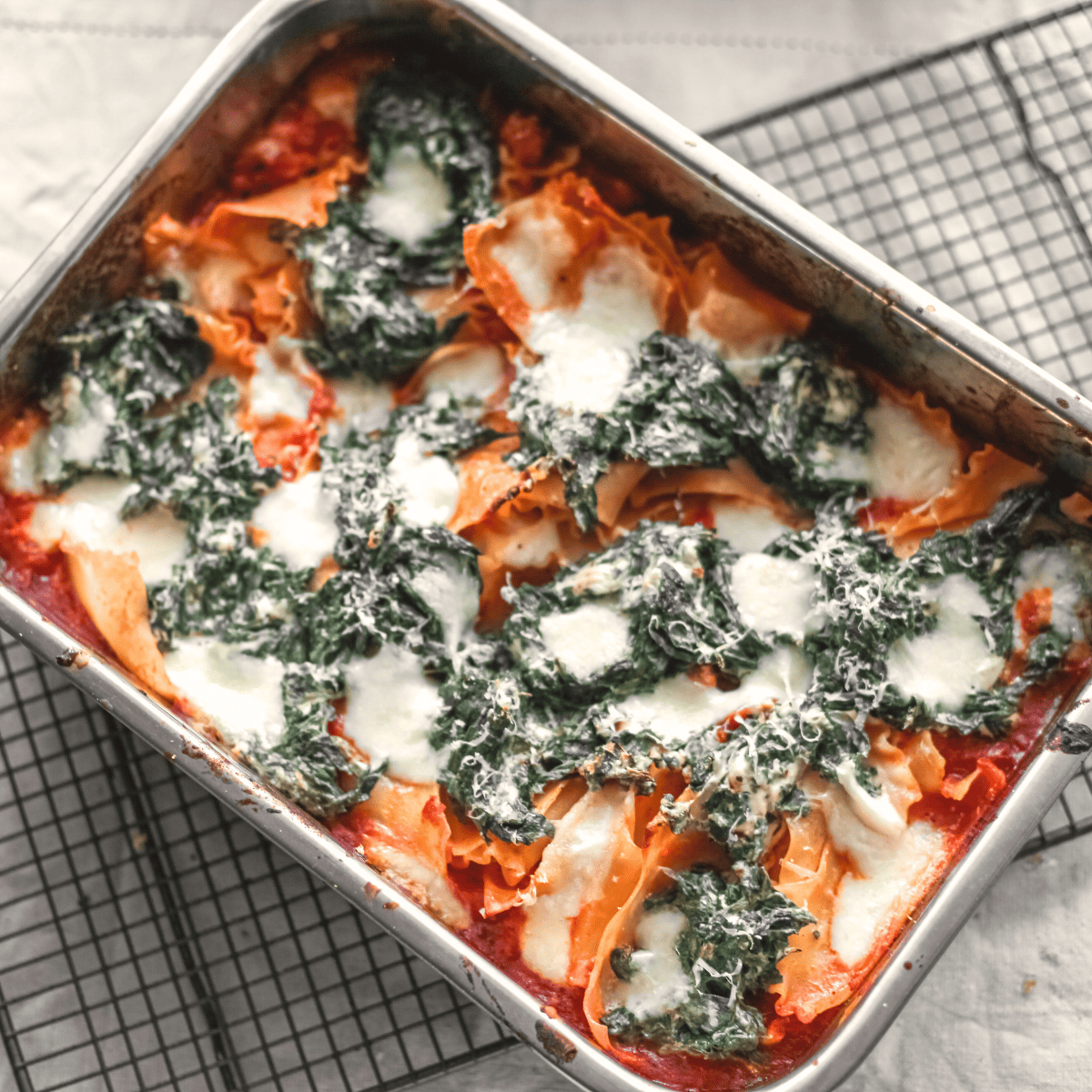An Easy Recipe for Mashed Swede (Neeps)
Swede, also known as rutabaga, is a versatile vegetable that can be enjoyed in a variety of ways. Here is a simple recipe to make classic mashed swede which I love to serve mashed swede as part of a Burns Night celebration, or as a tasty addition to a vegetarian meal. Enjoy the hearty and comforting taste of this sweet root vegetable.

Table of Contents
What is Swede?
Also known as rutabaga in the US, the swede is a large root vegetable, part of the Brassica napus family, easily identified by its distinctive orange colouring. It has a sweet flavour, similar to carrot but less earthy and less herbaceous than say, a turnip or celeriac root. It is my favourite root vegetable.
The name rutabaga has a fascinating lineage, and the simplicity of the name fills me with a sense of joy: rotabagge, a Swedish word comprising of rot, meaning root and bagge, meaning lump. And honestly, this is a literal description of the humble swede, a lump root.
It holds perhaps unpleasant memories for people who had to endure eating swede during the world wars, being one of the few vegetables that would have survived harsh winters. However, it contains several essential nutrients, making it a healthy, if tiresome vegetable to eat during those relentlessly bleak days. Jane Grigson rues its irredeemable “watery orange sludge of school dinners”!
However, it has such a delicately sweet flavour, not as robust as a sweet potato, and gentle texture that is much less thicker than regular mash, that it’s so worth giving it a try! When I was young, we had swede with every Sunday with our roast, and I loved mixing it with mashed potato, and it really does have a comfort food feel to it.

It is simple to prepare as it yields so much flavour, but it is a tough vegetable to prep as it is quite hard so you need a nice sharp knife and a steady hand to cut it into slices or chunks. I love seeing the purple-white exterior yield a glorious orange inside.
How to serve the perfect Burns Night Meal
- Oatcakes
- Haggis
- Neeps and Tatties
- Haggis Fritters
- Cranachan
- and of course, a delicious whisky!
In some parts of the UK, along with swede (meaning Swedish turnip), it is also referred to as a turnip or, in Scotland, a neep. Traditionally served on Burns night with mashed potato and haggis, this most traditional of root vegetables can also be sliced thinly (using a mandolin) and layered with similar root vegetables to make a delicious gratin. It is also a nutritious alternative to potato.
I’m showing you today how easy it is to prepare swede in its simplest form, and the way that showcases the delicate, sweet flavour of this underused root vegetable: mashed.
Ingredients

- a swede (or rutabaga)
- vegan butter
- salt and pepper
This is ONLY a list of ingredients for the recipe; please see recipe card below for complete printable recipe.
Instructions

Peel the swede using a vegetable peeler, top and tail it, then carefully cut into 1″ cubes.

Put the diced swede into a pan of water and bring to a boil. Turn down to a brisk simmer and cook until tender.

Drain the swede and return to the pan (off the heat), along with the butter and salt and pepper. Mash well.

Once smooth, it is ready to serve!
Substitutions
- Butter – you can use olive oil if you prefer.
Storage
- You can store the cooled, mashed swede in the fridge for a couple of days, if you want to make it advance.
- Cooled, mashed swede freezes beautifully. Simple pop it in a Ziplock bag or freezeproof container and thaw out at room temperature, before reheating over low heat in a saucepan.
Easy Mashed Swede (rutabaga) recipe

Equipment
- 1 Potato Masher
Ingredients
- 1 Swede - size depending on how many people you are cooking for. A 300g swede usually makes enough for 2.
- 1 tbsp Butter - vegan
- Salt and pepper to taste
Instructions
- Place a large pan of water, filled halfway, on to boil
- Meanwhile, peel the swede. This is easy if you use a vegetable peel, the skin is not too tough, similar to that of a potato.
- Then, top and tail the peeled swede, and cut into chunks. It doesn't matter really how big or small the chunks are. If you find that you are struggling to cut through this tough root veg, simply cut them into larger pieces. They'll just take longer to cook.
- Place the chunks of swede into the pan of boiling water, and keep at a brisk simmer until the swede is tender.
- Once cooked, drain the swede then return to the pan (removed from the heat).
- Add the butter and mash well. You won't get a really smooth puree from swede as it has a slightly fibrous texture, unlike potato.
- Add salt and pepper to taste.
Please note that where the recipe asks for milk, butter or yogurt, this refers to any plant-based version that you prefer.







